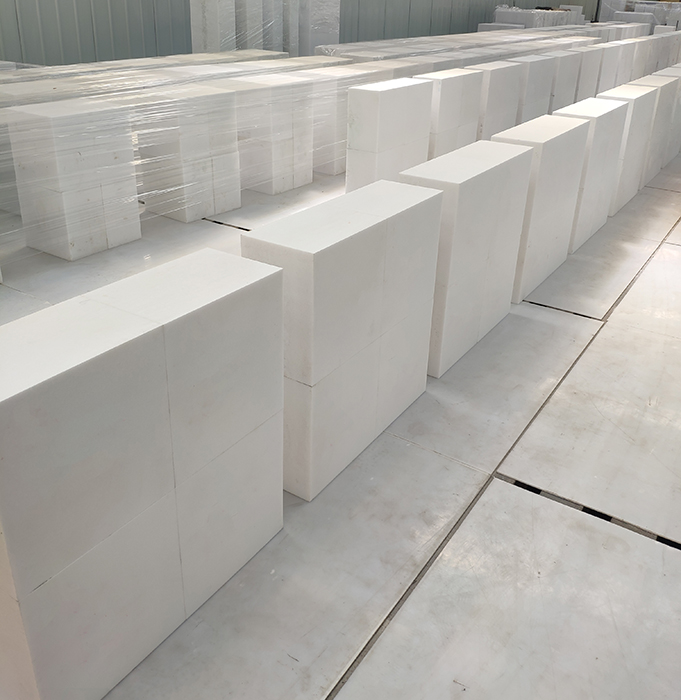High temperature use properties of refractories
2019-12-13
1.Fire resistance
Refractory The property of resisting high temperature without melting under no load is called refractory. For refractories, the meaning of refractory is different from the melting point. The melting point is the temperature at which the crystalline phase of the pure substance is in equilibrium with its liquid phase. However, general refractory materials are heterogeneous solid mixtures composed of various minerals. They are not single-phase pure substances, so they do not have a certain melting point. Their melting is performed within a certain temperature range, that is, there is only a fixed starting melting temperature and A fixed melting end temperature. In this temperature range, liquid and solid are present when they are the same.
Fire resistance is a technical indicator. The measuring method is a truncated triangular cone made of test materials. Each side of the upper bottom is 2mm long, each side of the bottom is 8mm long and 30mm high. (One side is 80 degrees from the vertical.) Equilateral triangle. When heated at a certain heating rate, it gradually deforms and bends due to the influence of its own weight. When it is bent until the temperature at which the vertex contacts the chassis, it is the fire resistance of the sample.
2.High temperature volume stability
When the refractory is used under high temperature for a long time, its performance of maintaining the shape and volume without change (shrinkage or expansion) is called high temperature volume temperature. It is an important index for evaluating the quality of products.
During the firing process of refractory materials, the physical and chemical changes generally do not reach the equilibrium state at the firing temperature. When the product is subjected to high temperature during long-term use, some physical and chemical changes will continue. On the other hand, during the actual firing process, due to various reasons, there will be insufficient firing products. When this kind of product is used in a kiln and then subjected to high temperature, some firing changes continue, resulting in the product The volume changes-shrinkage or expansion, this irreversible volume change is called residual shrinkage or expansion, also known as reburning shrinkage or expansion. The size of the reburning volume change indicates the high temperature volume stability of the product.
3. Thermal shock stability
The ability of a refractory to withstand rapid changes in temperature without damaging it is called thermal shock stability. As we all know, the material expands or contracts with the rise and fall of temperature. If this expansion or contraction is restricted and cannot develop freely, stress will be generated inside the material. The internal stress caused by the thermal expansion or contraction of the material is called thermal stress. Thermal stress is not only generated under conditions of mechanical constraints, but also temperature gradients occur in homogeneous materials, differences in thermal expansion coefficients between phases in heterogeneous solids, and even anisotropy of thermal expansion coefficients in single-phase polycrystals. Both are the sources of thermal stress.
The thermal shock damage of refractory materials can be divided into two categories: one is transient fracture, called thermal shock fracture; the other is under the action of thermal shock cycle, first cracking, flaking, then chipping and deterioration, and finally The overall damage is called thermal shock damage.
